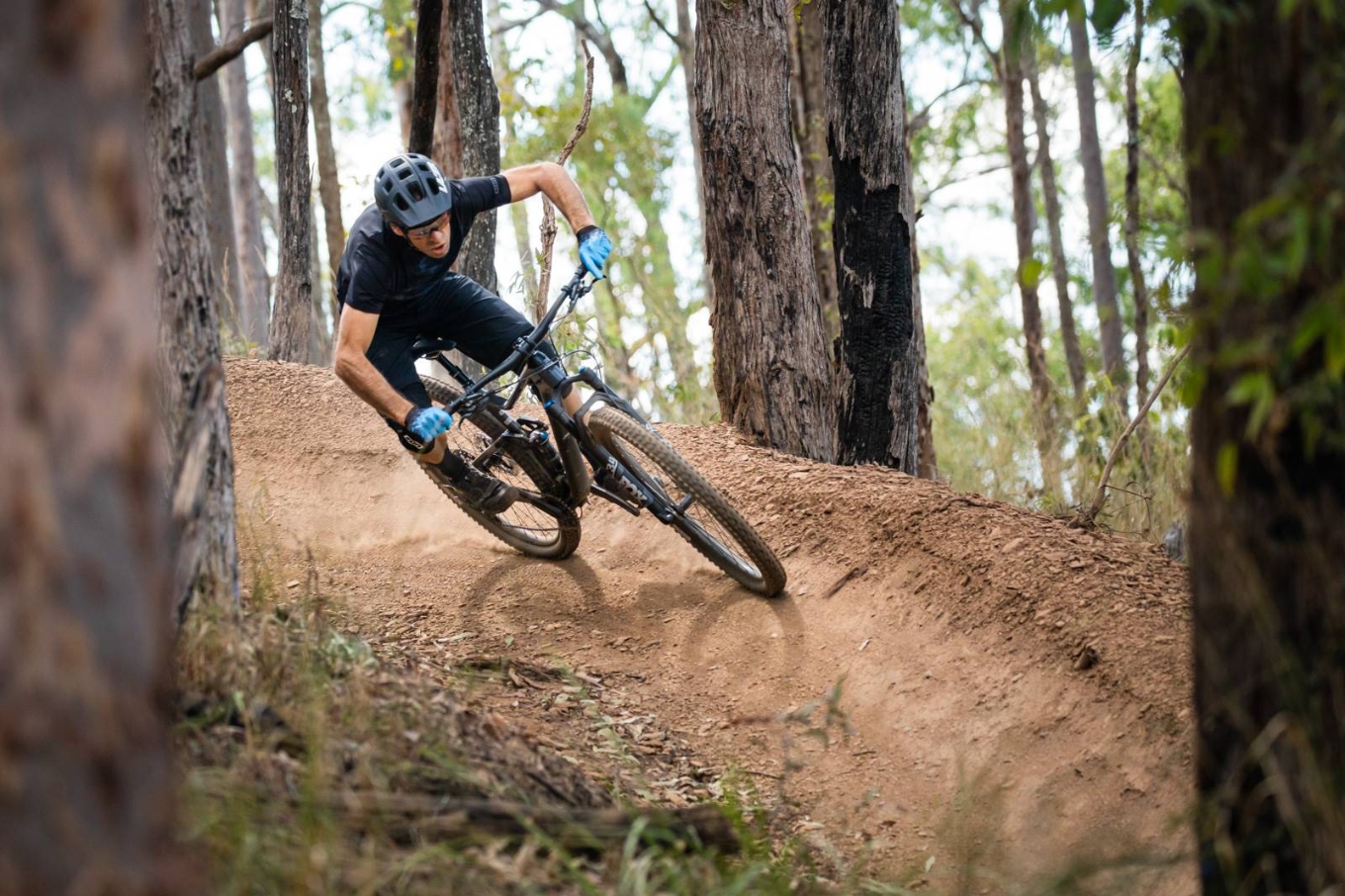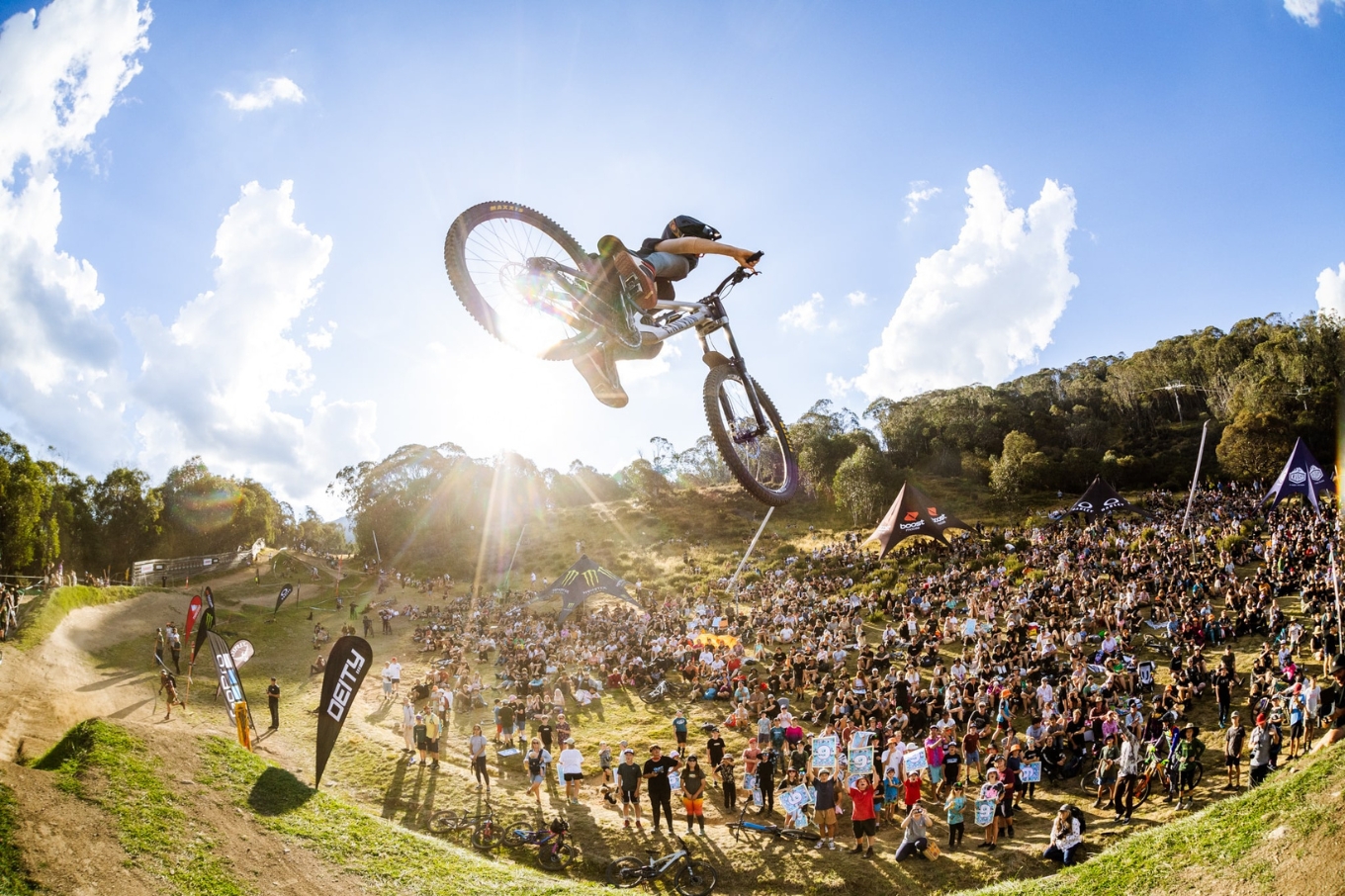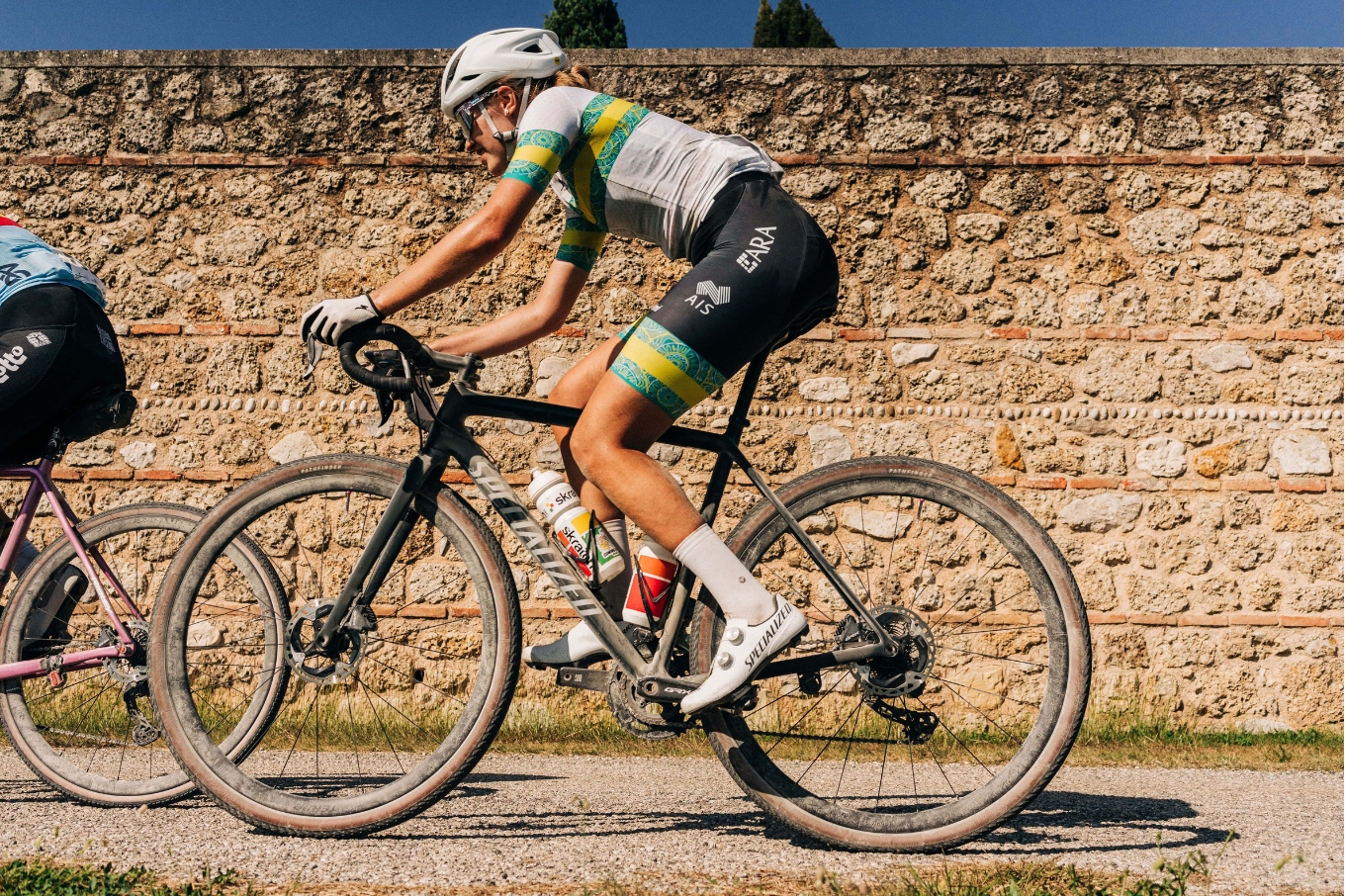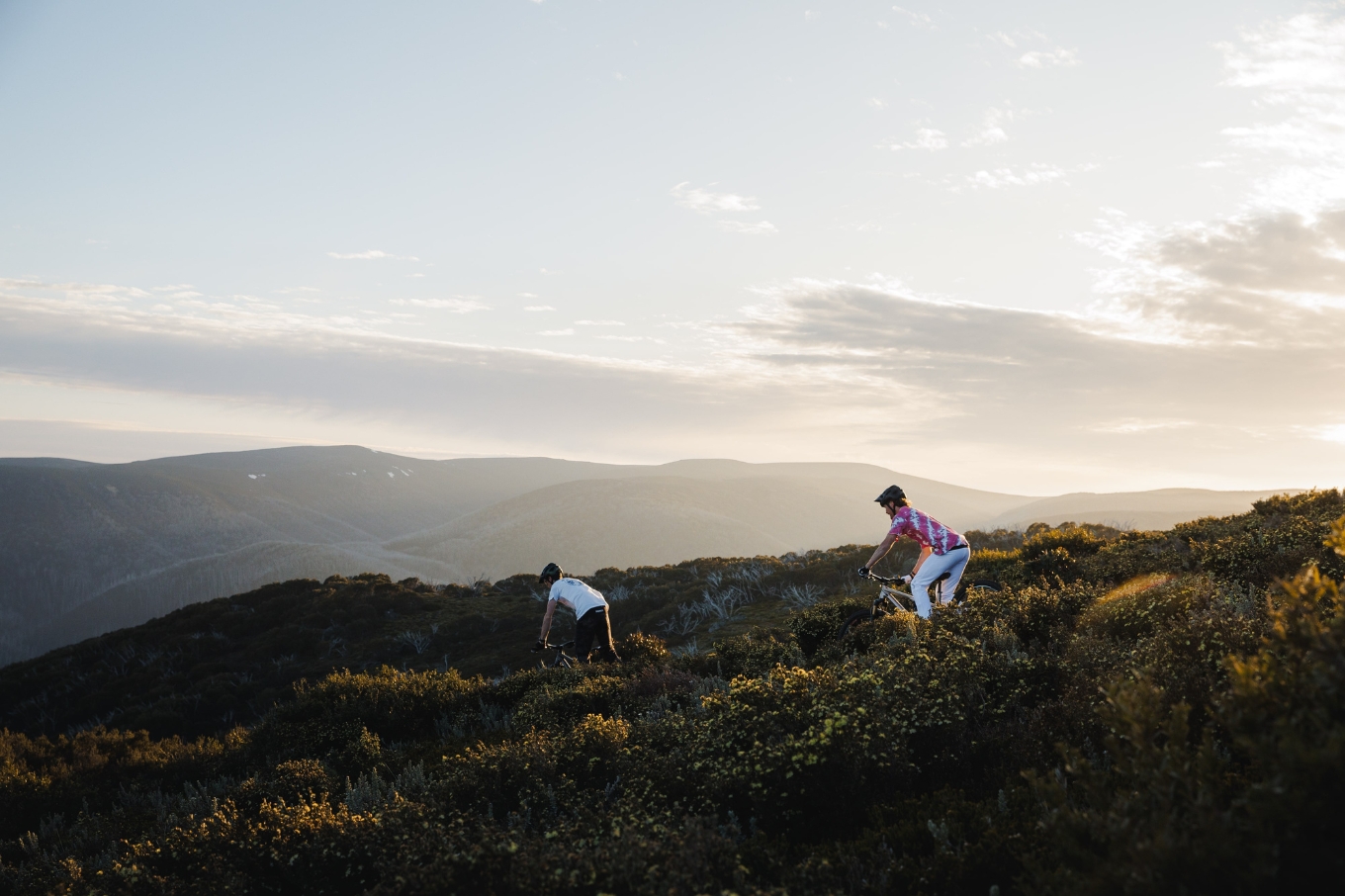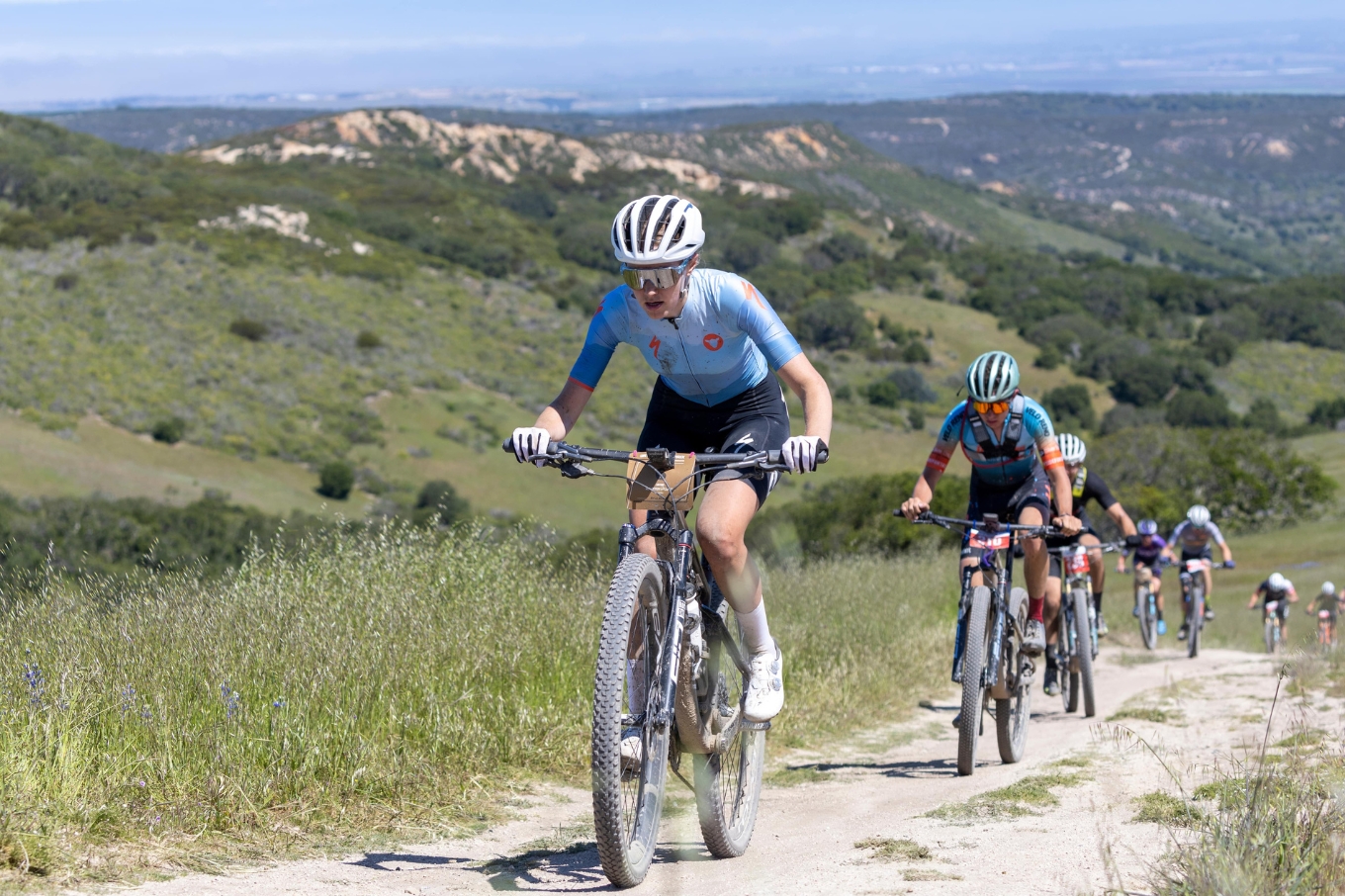TESTED: Merida One-Forty 6000
Merida's all-new One-Forty is ready to set the trail bike segment alight, with a huge overhaul to create a progressive mountain bike that is shred ready.
Merida can be seen as one of the underdogs amongst the big brands, but their bikes have been silent achievers for fifty years now. They were one of the leaders in the eMTB revolution, producing the award winning eOne-Sixty, and their Ninety-Six cross-country range has seen huge success between the tape. They’ve recently turned their efforts to their trail and enduro range, totally revamping the One-Sixty and One-Forty, the latter of which we’ve been excitedly waiting to test.
Photographer: Georgina von Marburg
Tester: Georgina von Marburg
Riding Experience: Ridden and raced most things, in most places.
Generally Rides: Pivot Switchblade, Pivot Firebird
Height: 172cm
Weight: 70kg
Bike Test Track: Indigo Epic Trail and Mystic Bike Park
Merida’s products are conveniently self-explanatory, with their names correlating to suspension travel. The One-Forty, sitting just below their enduro specific One-Sixty line, has 143mm travel in the rear and 150mm travel up front. The One-Forty 6000 on test lies in the middle of the range at $6,399 with parts to match.
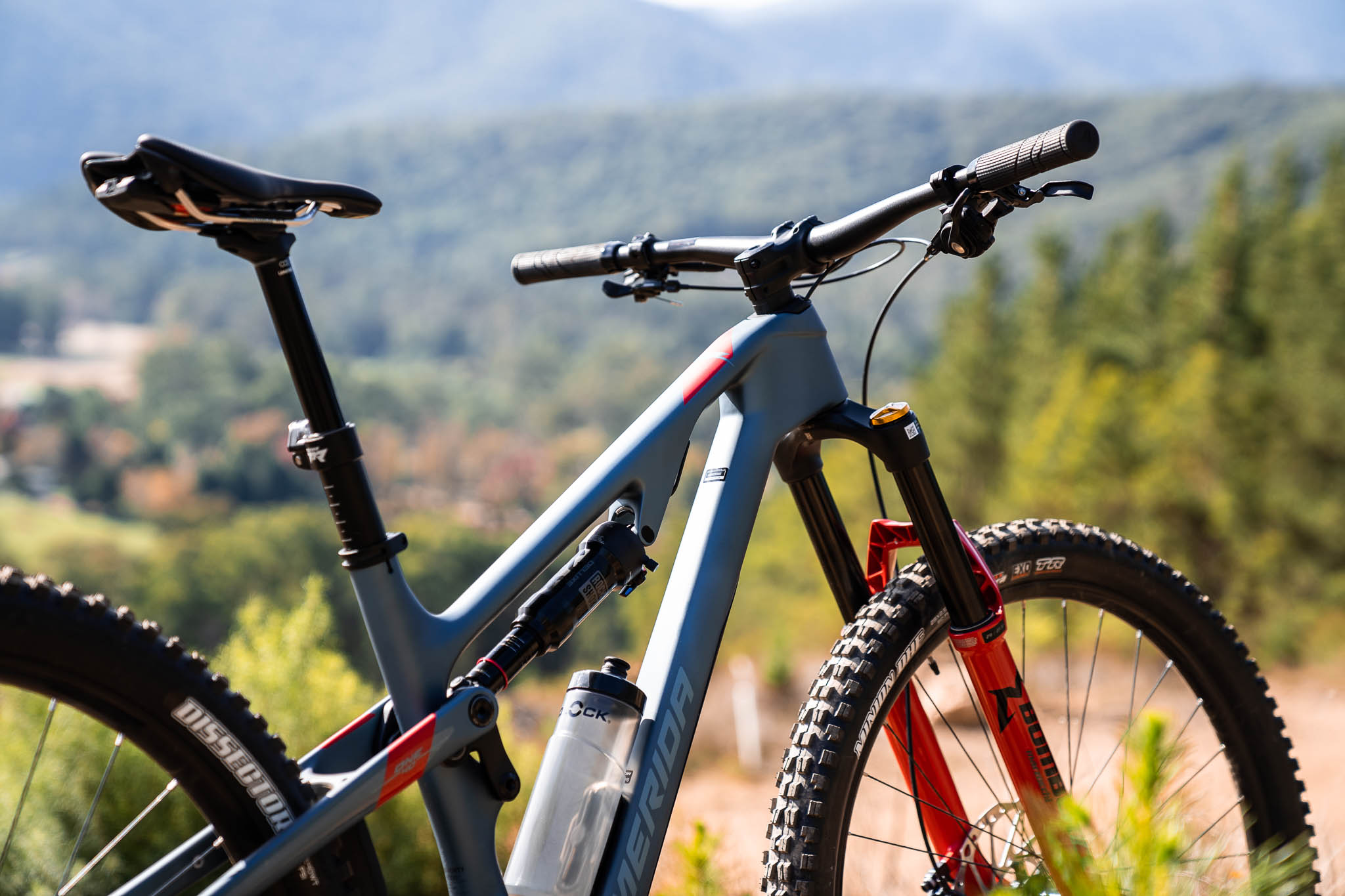
This kind of trail bike at this price point is hugely popular, or at least appeared to be the bees knees during the COVID-induced mountain bike boom. The One-Forty strives to be the ultimate all-rounder, alongside rivals such as the Specialized Stumpjumper and Trek Fuel EX. It claims to be the “pinnacle of modern trail riding,” with the travel and aggressive geometry to tackle the “toughest trails in the world,” but a low weight and steep seat angle to gallop up to the top again.
Its proudest features are the interchangeable wheel sizing for mullet setups without changing the geometry or ride quality. They’ve also stripped back the rear suspension, removing one of the pivot points to save weight and maintenance via the introduction of a flexstay rear triangle. This is all summarised in the catchy “Flexstay-Adjustable-Size-Tuned suspension kinematic” title; in essence, all the above features are tuned to each specific frame size.
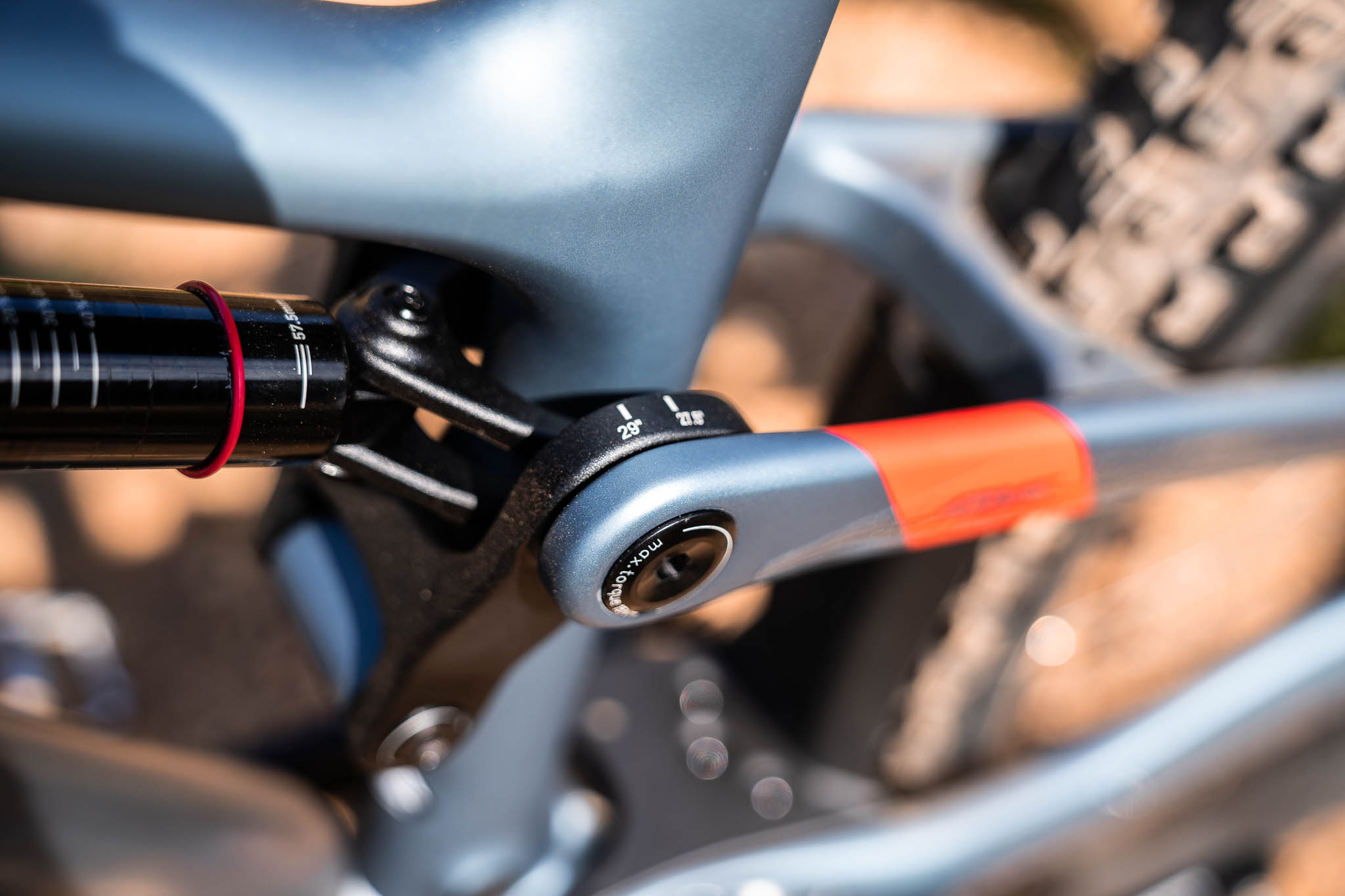
I personally love this kind of bike, as these modern trail bikes suit the Aussie gradients perfectly. The head angle sits at 65 degrees, while the seat tube angle has steepened from 75 degrees on the old model, to 80 degrees on the new. We’ll delve into the new sizing further below, but the chain stay length has also slightly increased to 437.5mm across all sizes. Basically, the new One-Forty is designed to charge harder and climb faster than its predecessor. But would it live up to all the marketing hype?
Initial Impressions
Pulling the 6000 out of the box, the most noticeable feature is the horizontal shock, mounted quite high in the frame. Fitted with the RockShox Deluxe Select +, I went straight to the handy RockShox Trailhead app and adjusted the pressure and rebound to their recommended settings for my weight and desired sag. While matching in colour, the 6000’s front suspension mixes things up with a Marzocchi Bomber Z1
The 6000 is equipped with a mixed Shimano SLX and XT 12-speed group set, plus a KMC chain. It has 203mm rotors, which may seem huge for the bike’s intended purpose, but we’re seeing this size as standard on more and more bikes. The Maxxis DHF (front) and Dissector (rear) tyres are a thoughtful choice, balancing proven grip with rolling efficiency. There were a few small features which added further value to the 6000 package. The addition of an integrated rear mud guard should keep the dirtiest part of the frame relatively clean. The saddle is equipped with Merida’s V-Mount toolbox, complete with a multitool, and a Fidlock water bottle is mounted to the frame. But perhaps the most unique feature is the dropper post, and this is where the new sizing structure comes into play. The seatpost is Merida’s own Team TR adjustable travel dropper post, allowing the user to adjust the drop from 30mm to 230mm. This versatility complements Merida’s new sizing, which encourages riders to choose a frame size based on their desired ride qualities and style, not a designated stand over height. Instead of Small, Medium, Large, etc., the One-Forty comes in XShort, Short, Mid, Long, and XLong. This is a super intuitive way of thinking about sizing; for example, if you’re a tall rider but want a smaller frame for ease of handling, you can opt for the Short or Mid size. Similarly, a shorter rider can opt for a larger size than normal if they want a more stable ride. I generally prefer a more poppy and playful ride, and frequently ride tight and technical trails, so I opted for the Short size. I would usually ride a size Medium in most brands, but the reach on the One-Forty Mid size was going to provide a more planted and stable platform. So I opted for the Short and the adjustable dropper post meant achieving the maximum drop wouldn’t be an issue regardless of the frame size. After the first short ride, I knew I needed to change some things to the setup. Firstly, I chopped the handlebars down to my usual 740mm. The stock Merida Expert SL saddle did not suit me at all, so I swapped it out for my personal Specialized Power saddle. This meant I lost the integrated tool mount, which is one trade off with proprietary features like this. I also changed the Dissector on the rear for a DHR II with Double Down casing to suit the muddy autumnal conditions. When I went to change tyres, I found the stock Merida Expert TR rims did not have any tubeless rim tape installed. While they are tubeless compatible, I feel like including tubeless tape is the bare minimum for trail bikes at this price range. So this was a slight disappointment. I also found that the 29mm rims did not enjoy fitting 2.4” DH casing tyres, so if you usually run this casing, be aware. Complete with XTR trail pedals and the DHR II rear tyre, the complete bike weighed in at a respectable 15.3kg. The One-Forty’s first expedition was the new Indigo Epic trail in Beechworth which included plenty of machine-built flow trails. Jumping on the bike, I immediately felt how short the frame was. Despite technically having the same reach as my personal Pivot Switchblade, the One-Forty felt tight. Nonetheless, it’s designed for riding uphill as fast as it goes downhill, so I was happy to adapt. As soon as I began climbing, I noticed how far back the bottom bracket sits. The seat angle is seriously steep for a trail bike, an optimal setup for hard and technical climbs. It took a few rides for my biomechanics to adjust to the new geometry, but once I did, the One-Forty came to life on the climbs. It’s agile, efficient, and feels like an XC bike when pointing uphill. It thrives on tight and technical climbs, but also allows you to throw yourself over the stem and put the hammer down on steep fire roads. Combined with the stiff lockout capabilities of the fork and shock, the One-Forty will climb for days. But it turned out this is no one-trick pony/ Once we began the machine-built descent, the One-Forty popped its way through doubles and maintained efficiency through the lulls. It was a joy to throw around over the jumps and rollers, but was still forgiving if you mistimed them. The 203mm rotors were almost overkill for how light the bike rides, with the famously powerful Shimano SLX M7120 brakes chomping into them with ease. Happy with the One-Forty’s ability on climbs and flow trails, I took it back to Bright for a few rides on my favourite tech trails. I know many of Mystic’s trails like the back of my hand now, so I was interested to see how the One-Forty would respond to me pushing it. Pointing it down some steeper descents, I instantly felt the frame’s shortness – and it was not inspiring. On consistently steep gradients, the bike was finding its limits and I was struggling to keep my weight centred. On loose and rough descents, I was experiencing a fair bit of pedal kickback, and felt thrown around more than I would have liked. To be fair on the One-Forty, I was trying to ride the trails as I would on my 165mm enduro bike; so at 143mm, it had every right to buck me around. Redirecting the One-Forty to some mellower technical descents, it felt at home again. It tracked through the root and rock gardens with ease, and happily popped up onto high lines and through awkward corners. If you’re out for a good time and not a steep time, the Merida is seriously fun. I added some air pressure to the shock and fork as I found the recommended pressure was on the soft side. Once I did this, the bike performed even better off drops and big compressions. I did hear some creaking coming from the headset every few rides, which persisted on and off for a while. It’s not something you’d expect from a new bike, but it may just need extra grease in the headset. And speaking of headsets, it should be noted that the Merida takes its own specifically shaped spacers, so any adjustments must be made with these. To my surprise, the stock grips were really comfortable; while I typically opt for slightly thinner grips, the hard and tacky nature of the Merida grips suited the bike well. I did find the Fidlock bottle to be a little gimmicky; it’s certainly not any more secure or faster to use than a traditional bottle cage, and not easily replaced if lost. The One-Forty claimed to inspire your legs on climbs and tackle the gnarliest of descents with gusto. It definitely lived up to the first claim, with incredible efficiency on climbs. As we usually spend more time climbing than descending on trail bikes, this advantage is huge, and the One-Forty has to be one of the best on the market in terms of trail bike climbing capabilities. While it was playful on the majority of descents, I was not totally sold on the One-Forty’s ability to conquer the “toughest trails in the world.” It did feel out of its depth once we hit steep chutes or accumulated speed through chunky straights. But again, I could have opted for the Mid frame size, and this would have increased the wheelbase by 30mm and probably improved its handling. So pay attention to sizing and think about what conditions you want your bike to perform in. This genre of bike is only increasingly popular, and it’s great to see Merida entering the game at a competitive price point with the One-Forty 6000. While I would like to see some tubeless tape on the rims, it’s still good value for money. This bike is going to inspire riders who want to go far, but still want to hit the A-lines with their mates. Throw a couple fast rolling tyres on the One-Forty, and you can clock some big kilometres with ease. But keep the aggressive gravity tyres on it, and it will relish the typical Aussie terrain. From: Merida Australia Available Sizes Extra Short, Short, Mid, Long, Extra Long Shifter Shimano XT M8100 12sp Hubs Shimano SLX Boost Brakes Shimano SLX M7120 
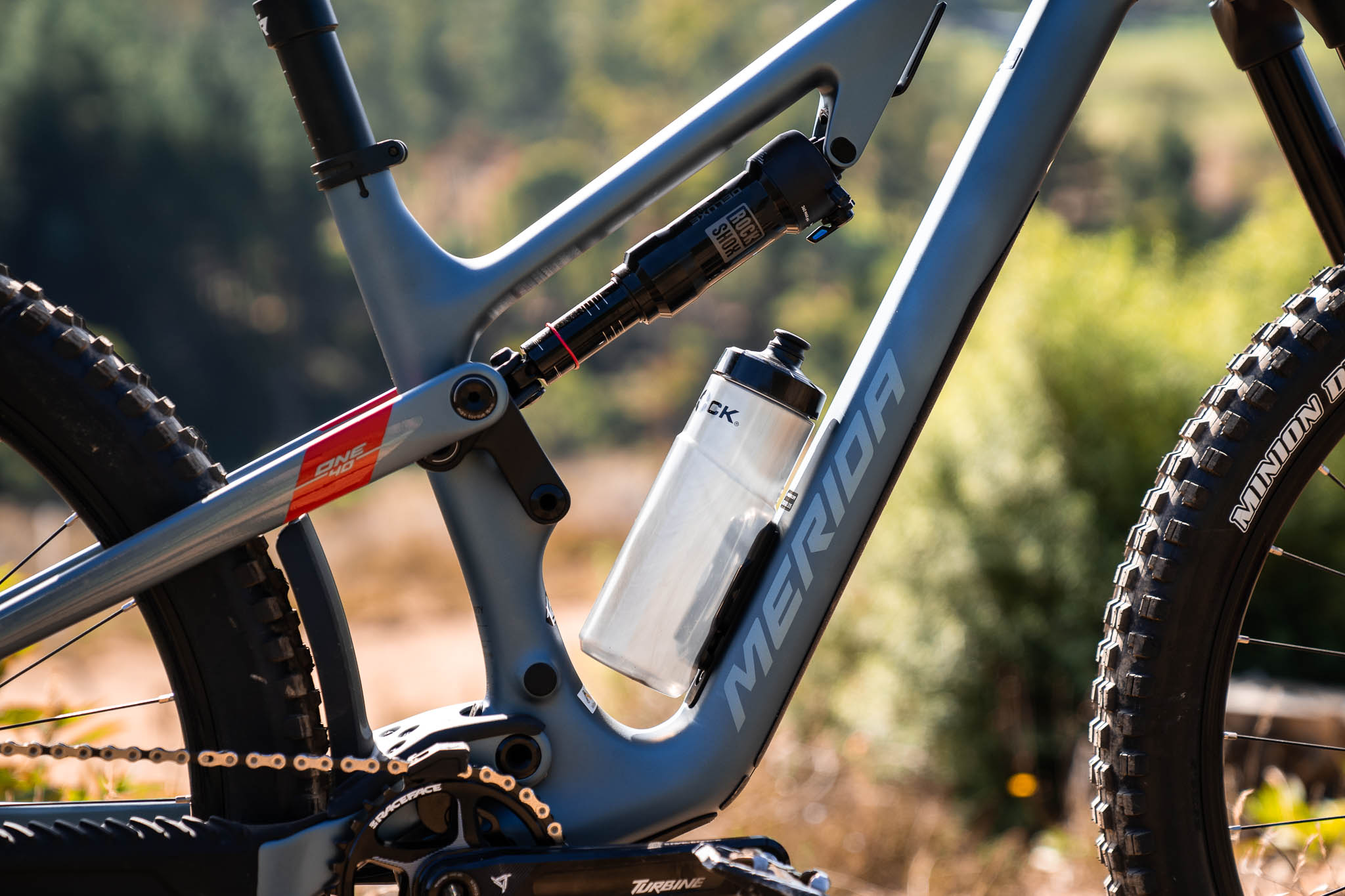
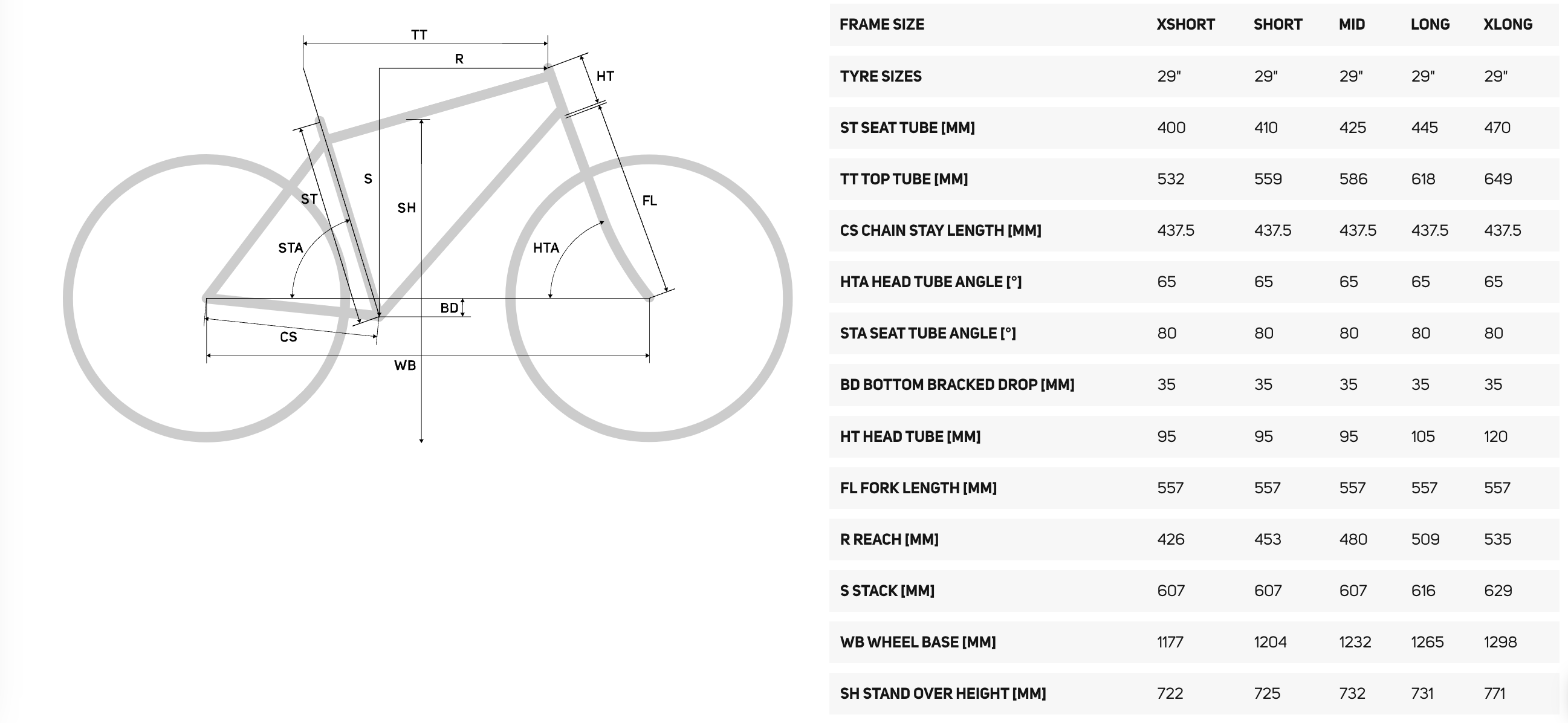
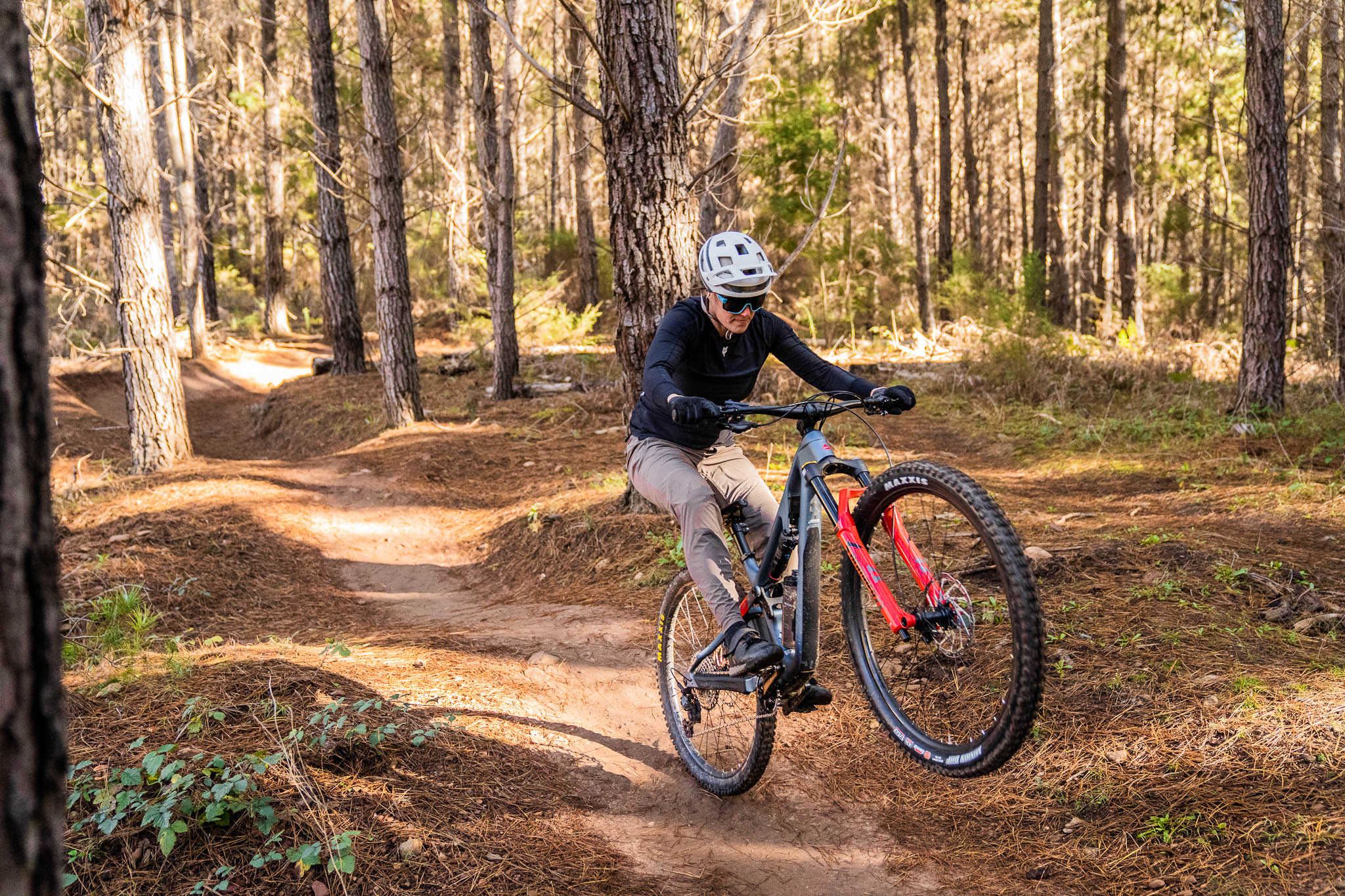
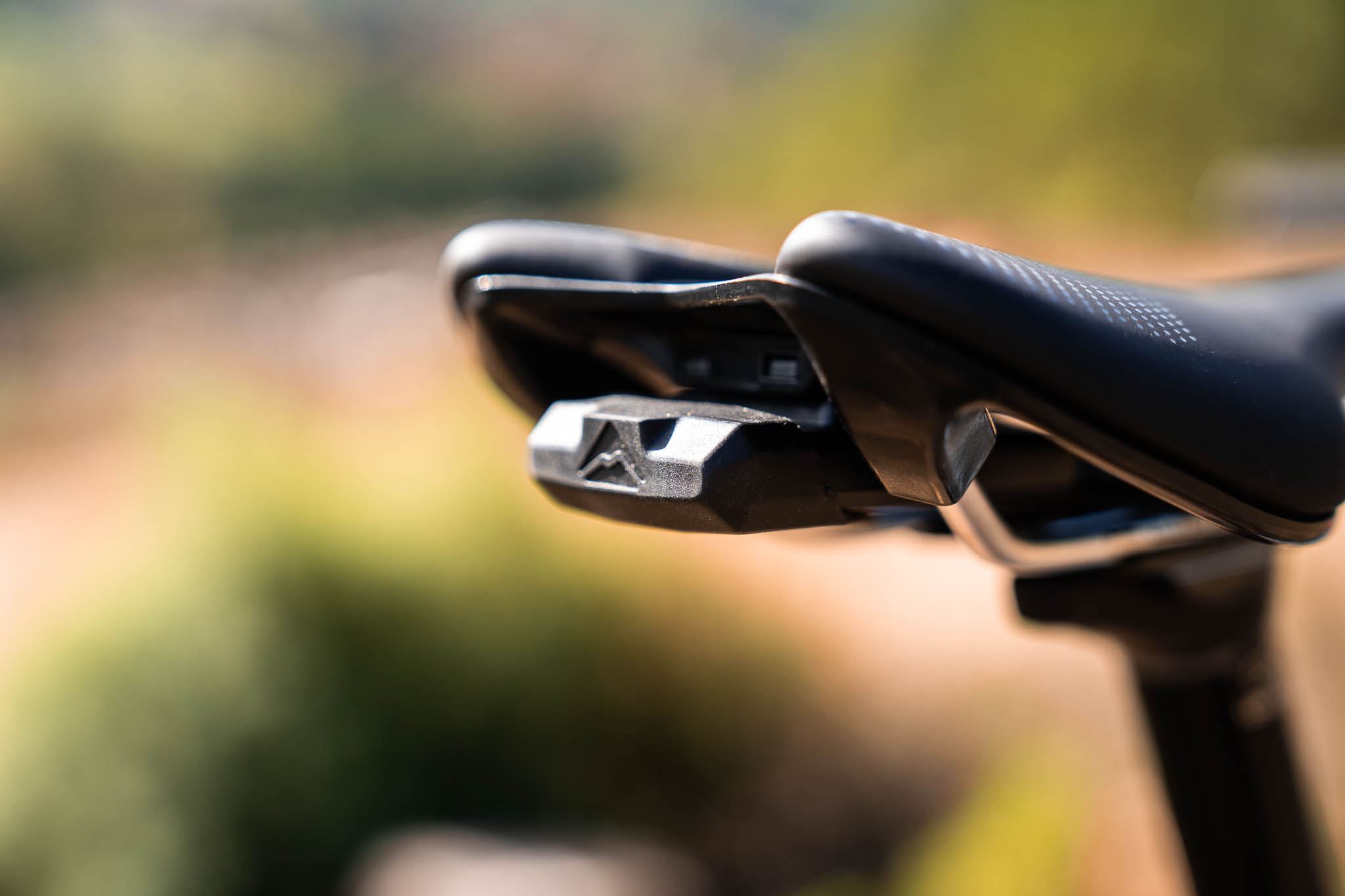
On The Trail
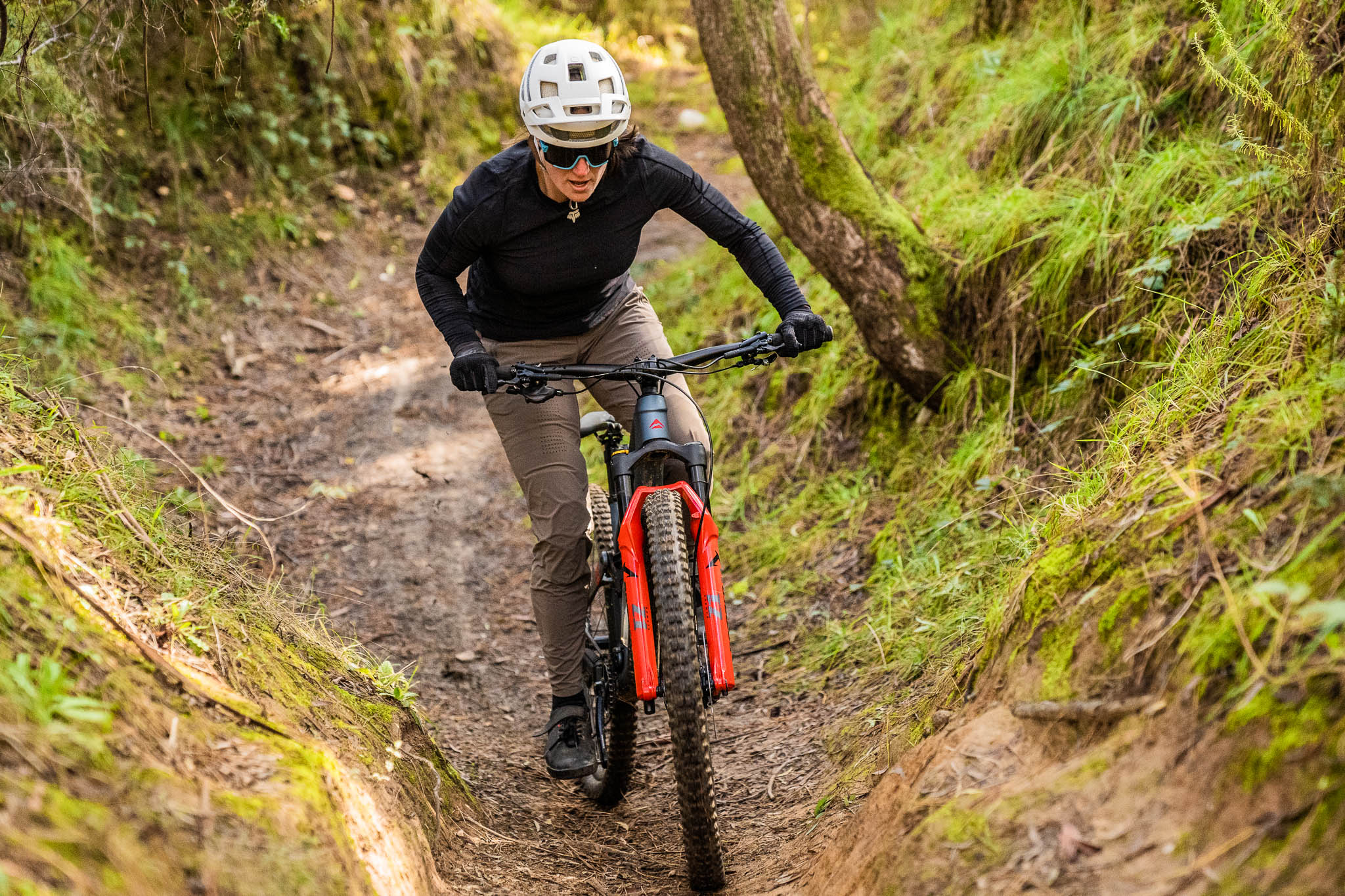
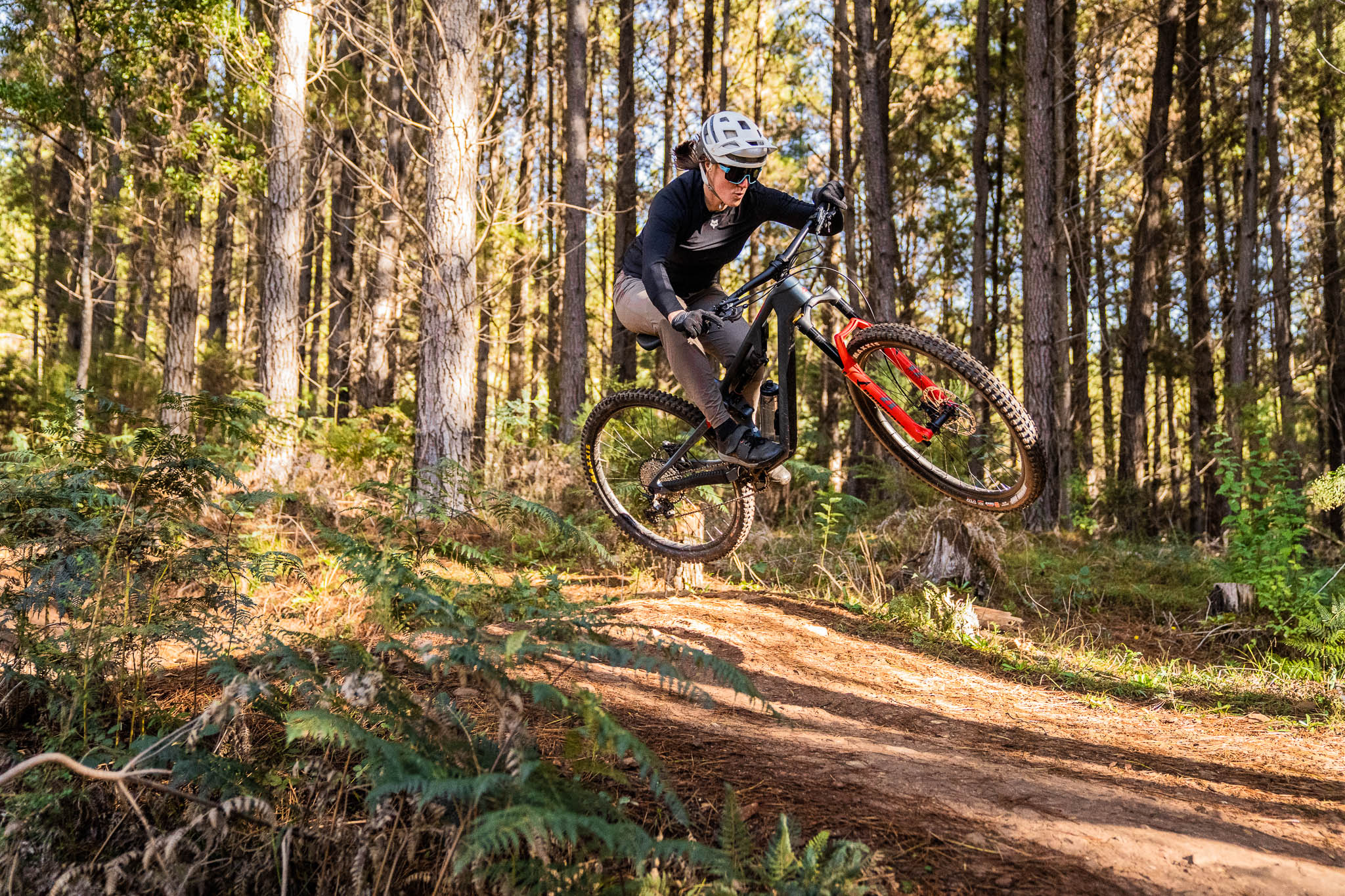
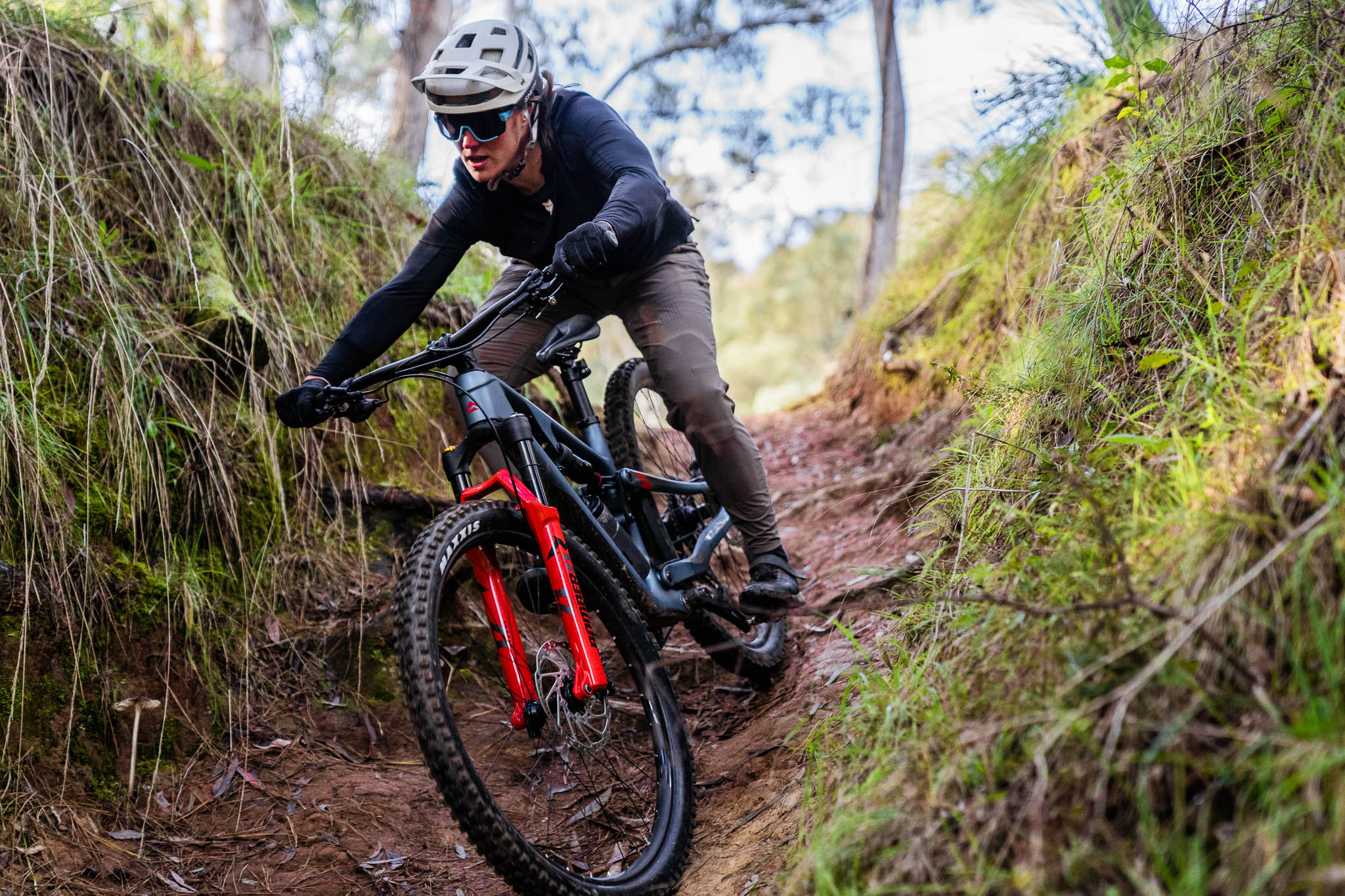
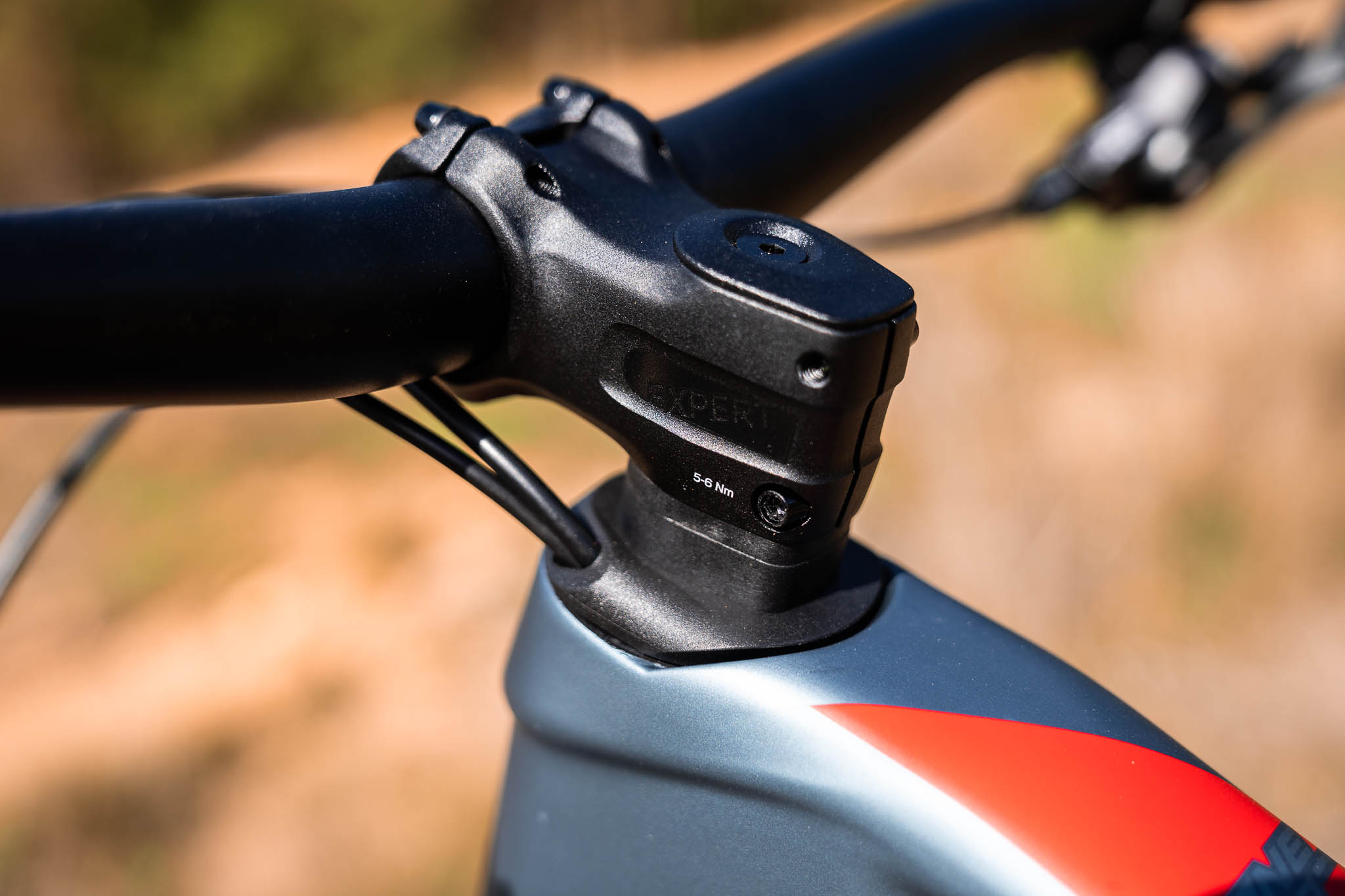
Our Take
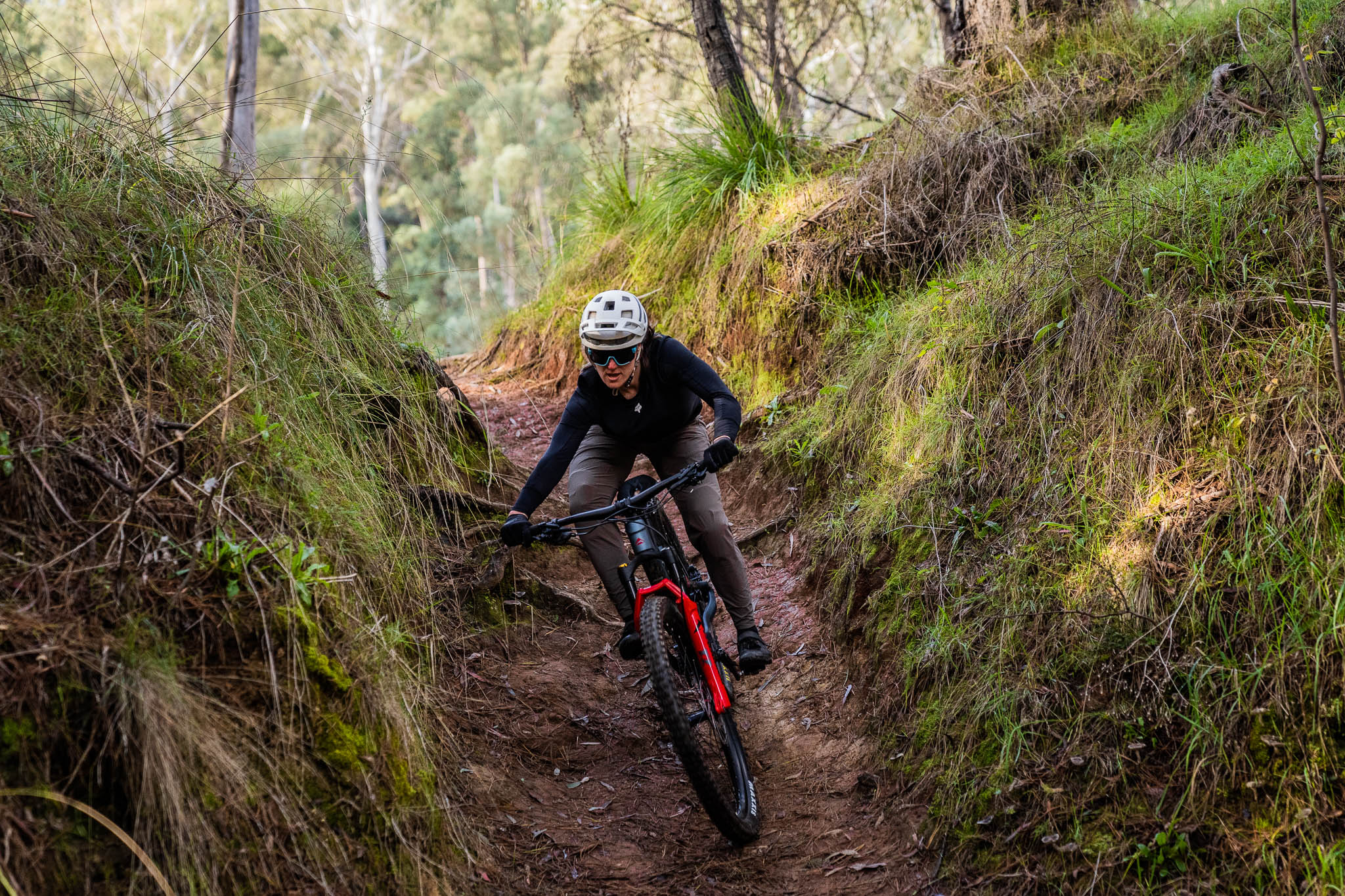
RRP: $6399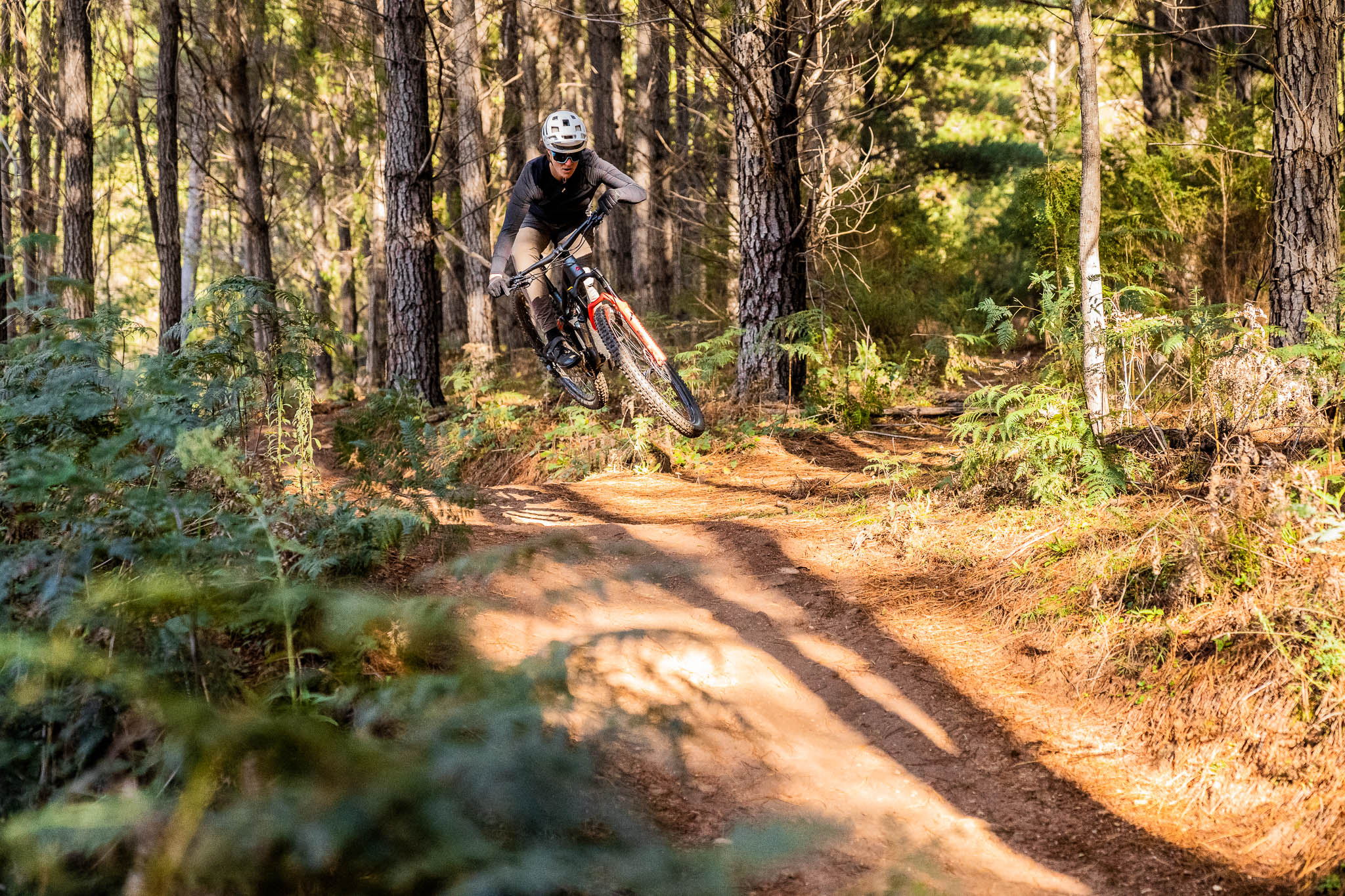
Frame Material Carbon fibre
Fork Marzocchi Z1, 150mm
Shock RockShox Deluxe Select+, 143mm
Derailleur Shimano SLX M7100 12sp
Crank Race Face Turbine 32t, 170mm Small, 175mm Med and up
Bottom bracket Shimano sealed
Chain KMC X12
Cassette Shimano SLX M7100 10-51t 12sp
Spokes Black Stainless
Rims Merida Expert TR 29”, 29mm internal
Tyres Maxxis Minion DHF TR 2.5” EXO, Maxxis Dissector 2.4” EXO+
Stem Merida Expert eTRII 50mm
Handlebars Merida Team TR 780mm
Seatpost Merida Team TR 34.9mm 30-230mm adjustable travel
Saddle Merida Expert SL V-mount


